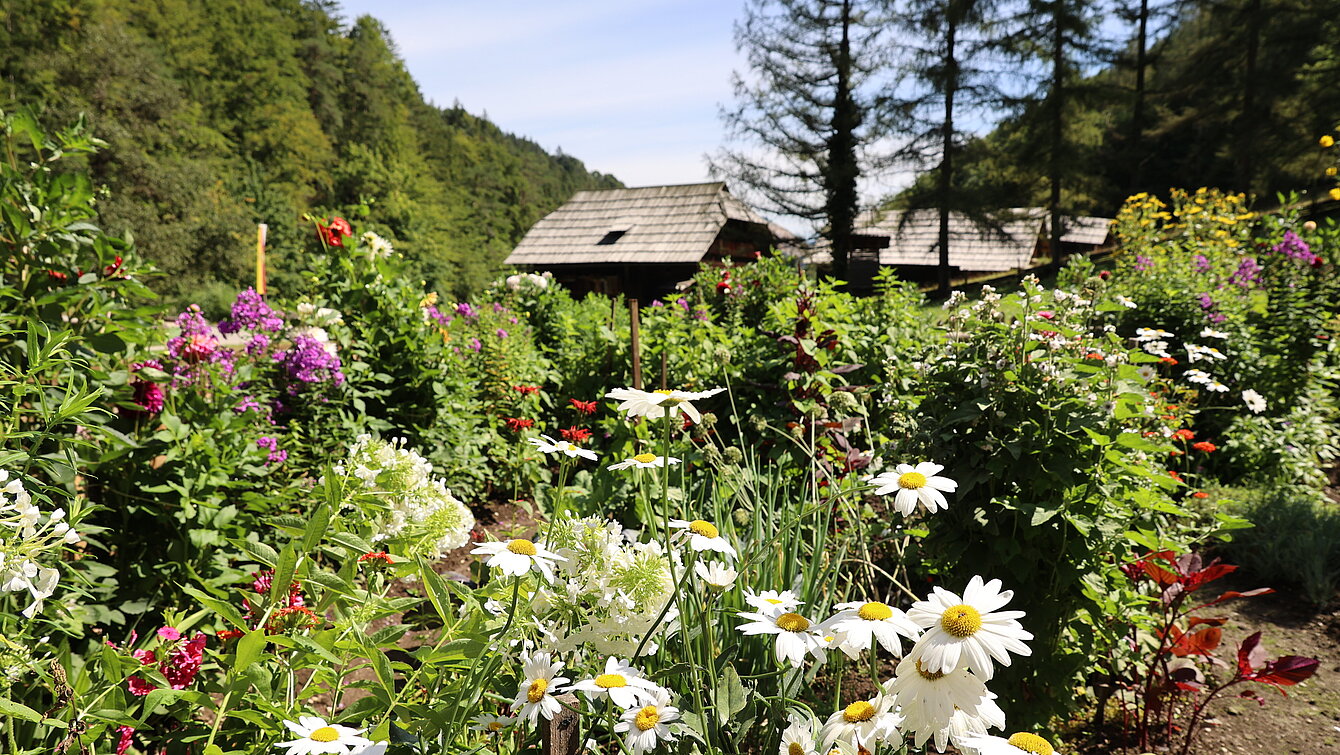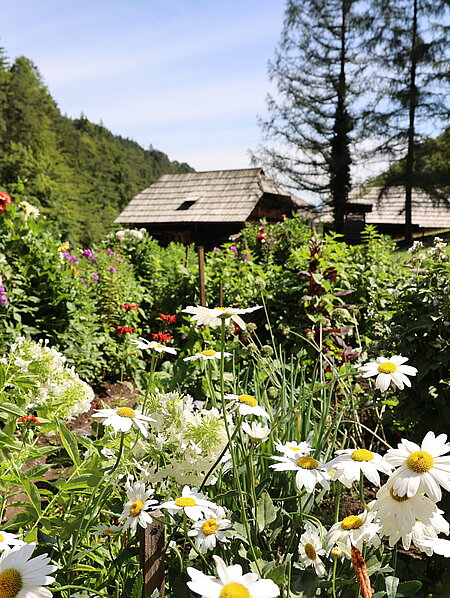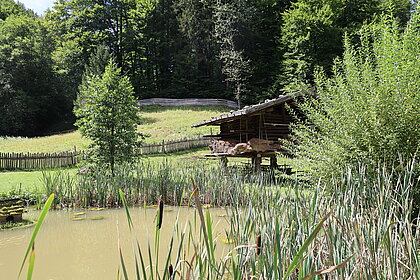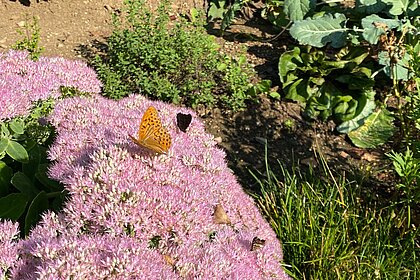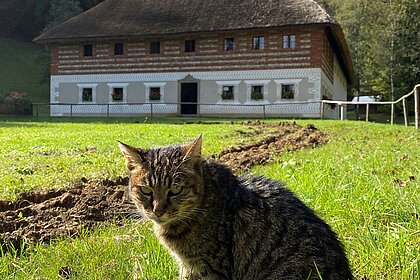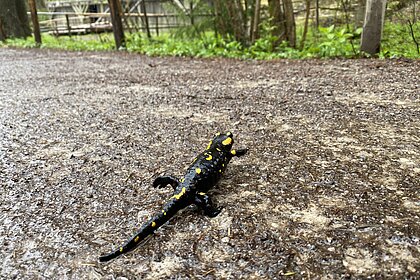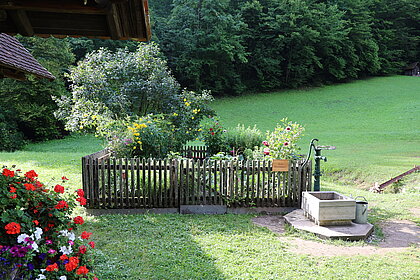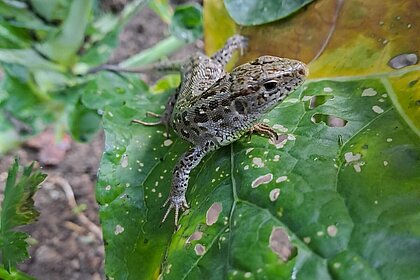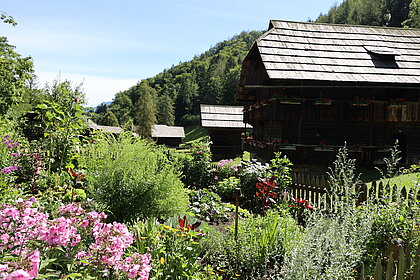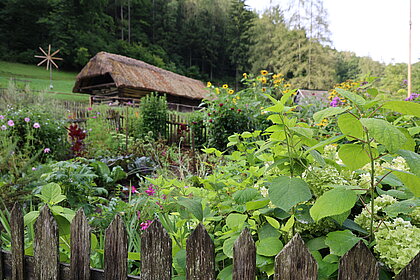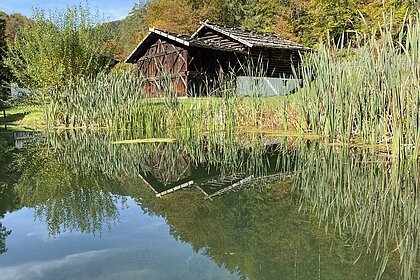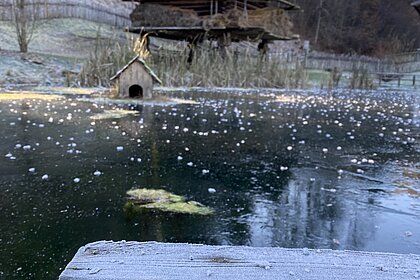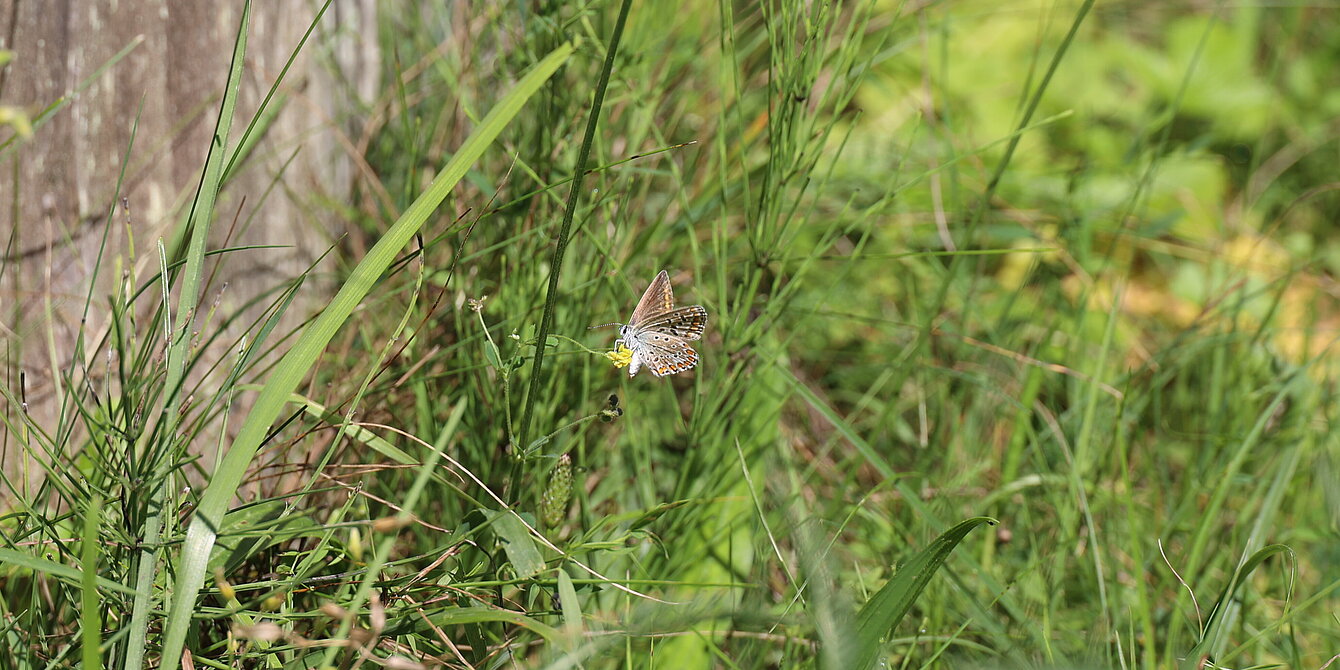Farm gardens, such as those found in the Austrian Open-Air Museum in Stübing, were protected by a fence right next to the house and, as kitchen gardens, formed a unit with it. The farm garden provided essentials: vegetables, herbs, medicinal plants and later also flowers to decorate church or family festivities. In the course of its history, it was also subject to various "fashions". What did not prove successful or became useless disappeared from the variety.
Experts assume that horticulture began in our country around 5,600 BC. The first Neolithic farmers probably cultivated lentils, peas and opium poppies in small gardens near their houses. For a long time, however, people fetched their herbs from the wild. Garden culture developed further in our latitudes, especially under the influence of the Romans. After the Middle Ages, foreign plants were introduced. At that time, it was mainly useful plants with a high nutritional value or new medicinal and aromatic herbs that attracted attention. The pumpkin and the potato, for example, were introduced from America and thus changed the diet permanently. In the 15th and 16th centuries, gardens were also enriched with flowers. From the 18th century onwards, so-called "apothecary gardens" emerged as models for the farmer's gardens. In these, new plants from the colonies, such as tomatoes or courgettes, also became established, but initially remained reserved for the bourgeoisie and only came into the gardens of the "simple" population with the educational and school gardens in the 19th century.
The annual cycle of the gardens
In spring, we start clearing the garden of leaves and branches in the middle/end of March. The soil and the beds are prepared, plants are sown or brought forward in the plant tunnel. In mid/late April, the planting of vegetables and flowers begins. From the beginning of May, the properties such as the Hanslerhof are decorated with balcony flowers (fuchsias, lilies, tuberous begonias, petunias, balcony prince, mountain carnations). At this time of year, the hedges and roses in the museum grounds are also pruned. Summer is the time for weeding out perennial plants and also for garden and flower care. The vegetable harvest can begin and at the same time attention is also paid to crop rotation. In autumn, the clearing begins. The compost that is prepared throughout the year can now be applied and the gardens are made ready for winter again.
